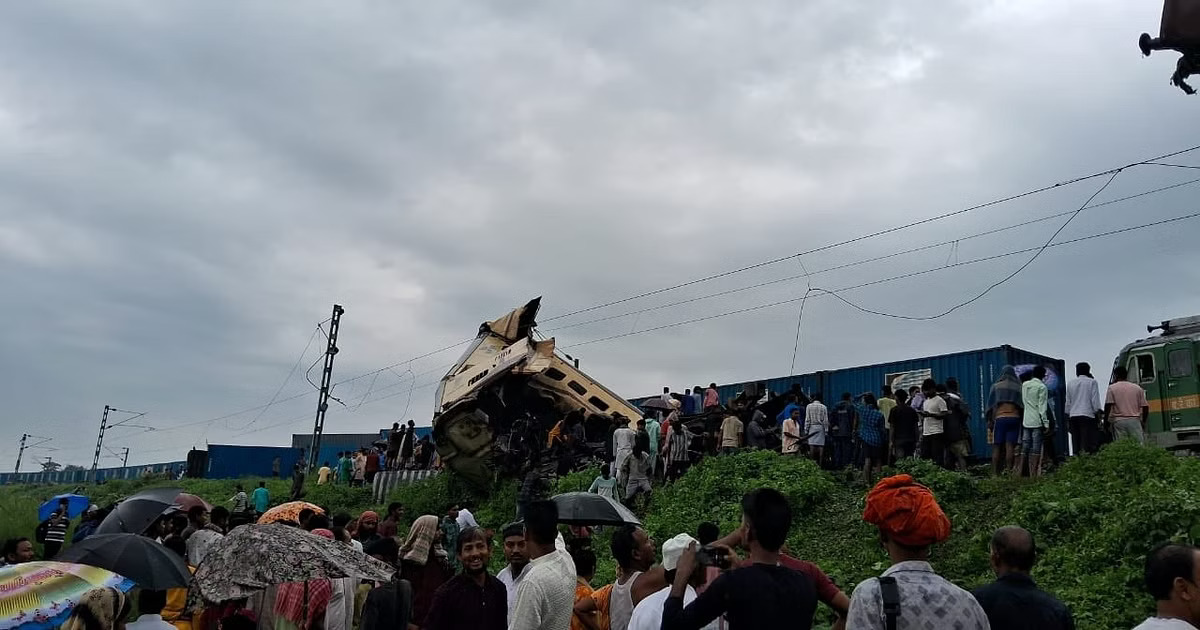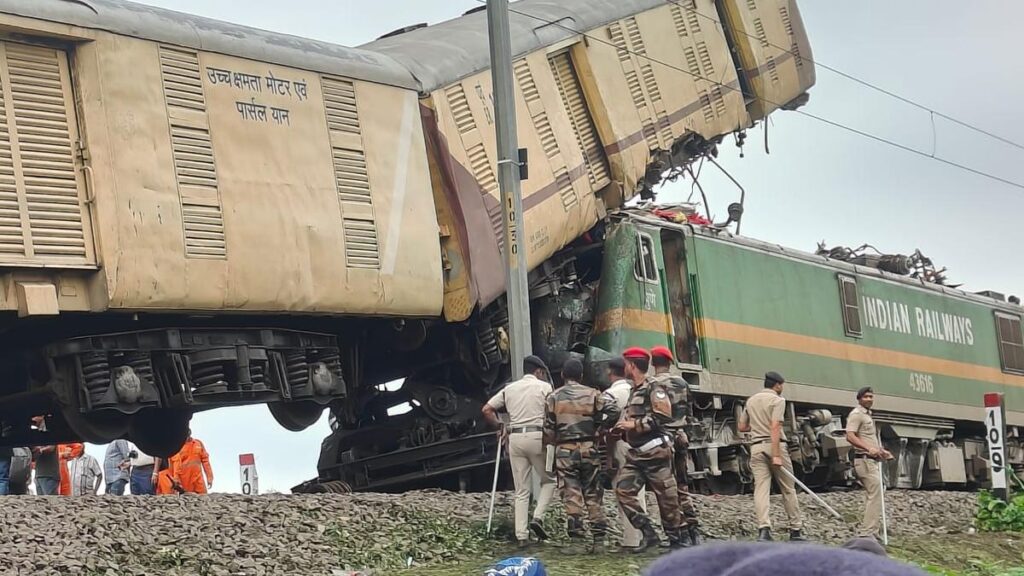The goods train’s pilot and co-pilot were among the dead. Three hours before the incident, at approximately 5.50 am, there had been a malfunction in the automatic signalling system connecting the Chattar Hat intersection and the Ranipatra railway station.
According to Railway Board Chairperson Jaya Varma Sinha, the goods train ignored the signal, which is why there was an accident. As per normal, an investigation is being conducted to find the mistakes and assign responsibility, and the Center has declared that the deceased’s relatives will receive Rs 10 lakh apiece.

Source: Deccan Herald
There had been expectations following the Balasore disaster that lessons would be learned to minimise or avoid rail accidents. The actual state of affairs, though, doesn’t appear to have altered.
Two passenger trains collided in October of last year in the Vizianagaram district of Andhra Pradesh, Andhra Pradesh; in February of this year, a freight train ran driverless for approximately 70 km from Kathua (Jammu) to Dasuya (Punjab); it was a lucky escape that no major accidents occurred.Kavach, the “train collision avoidance” technology designed to stop accidents caused by human error, is once again in the spotlight.
Source: CNN-News 18Kanchanjunga Express
The government is emphasising speed on the rail tracks, but the rate of route coverage is somewhat slow, even though it is being implemented gradually. Although both Japanese Prime Minister Fumio Kishida and Indian Prime Minister Narendra Modi have promised to speed up the bullet train project, the Bengal accident has demonstrated that safety must come before the glamour and glamour of ultra-fast trains.
What do you think about this? Comment below.

